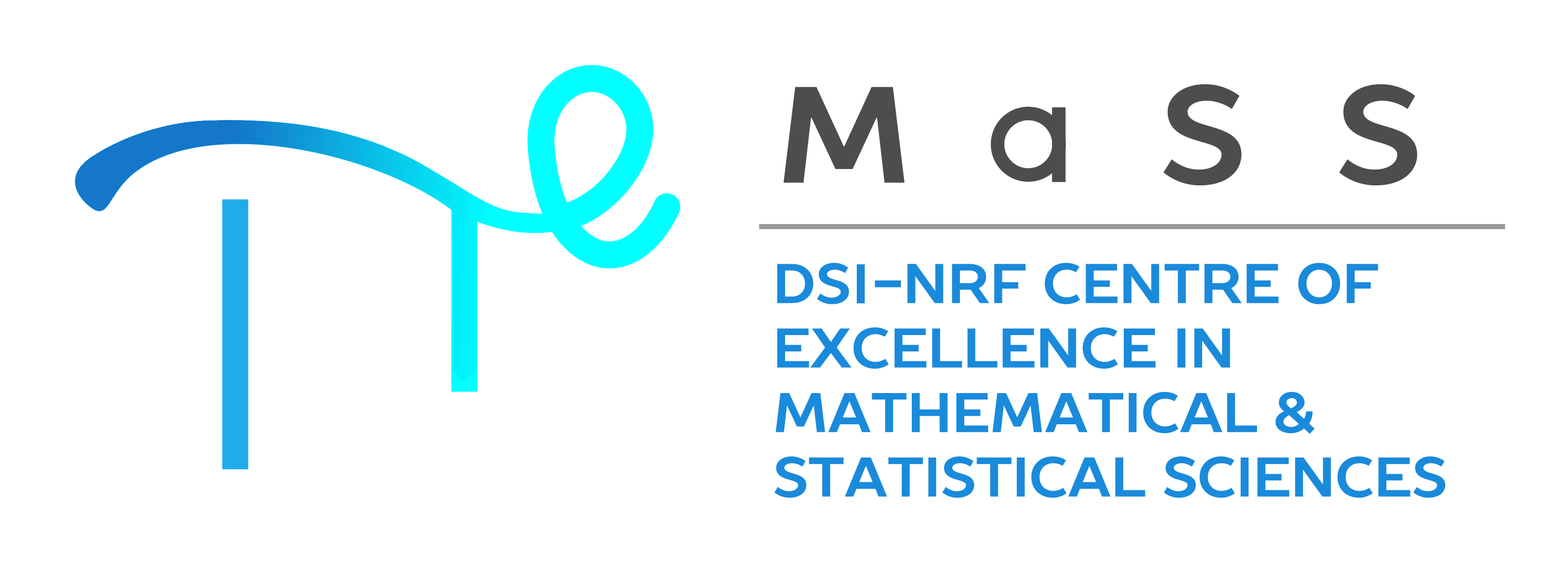Non-local sectional curvature as applied to random
geometric graphs, the earth and fractals
J.F. Du Plessis\(^*\), Department of Physics,
Stellenbosch University, South Africa
Xerxes D. Arsiwalla, Pompeu Fabra
University, Spain and Wolfram Research
SAMS Subject Classification Number: 21
Using the spherical cosine rule we propose an algorithm for calculating or estimating the sectional curvature of path metric spaces (of which any graph, hypergraph and manifold is a very relevant special case) at finite length scales. Being defined at a finite length scale allows for ready application to geometric graphs and fractals, where local definitions of curvature often fails to give an accurate picture of mesoscopic geometry. In order to compare the efficacy of the proposed algorithm against existing methods, a new form of metric distortion is introduced, which numerically captures how well a graph represents a given metric space. This is used to numerically motivate that as this distortion vanishes, so does the error of the estimator. Compelling comparisons on random geometric graphs motivate this geometric definition over existing methods mostly developed for complex network theory. It is also shown that in a continuum such as an oblate spheroid representing the earth, expected behaviour is maintained as long as a small enough length scale is chosen. In scale invariant fractals such as the Sierpinski triangle, curvature can only be formally 0 or infinite. Introducing this finite length scale curvature then acts as a regularizer, allowing a much richer story of exactly how the curvature diverges as the considered length scale vanishes. The proposed algorithm is expected to have applications and implications in discrete models of quantum gravity, discrete geometry, computational geometry and data science.


